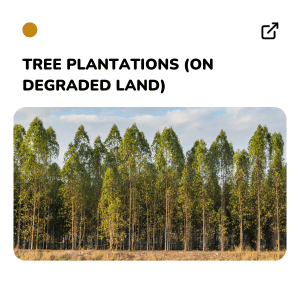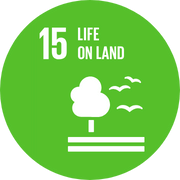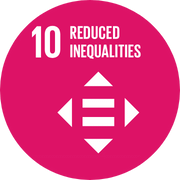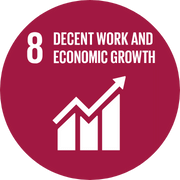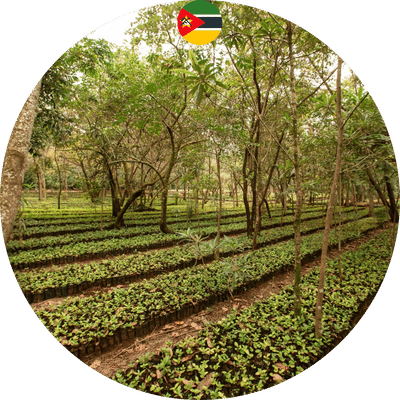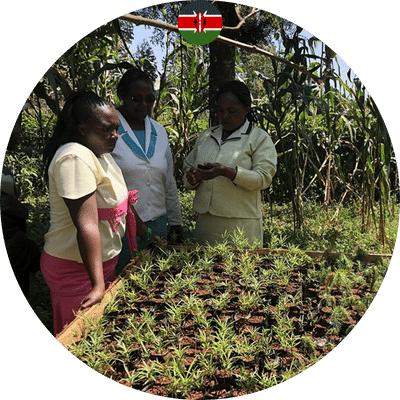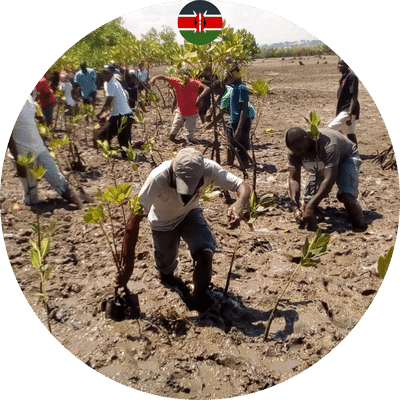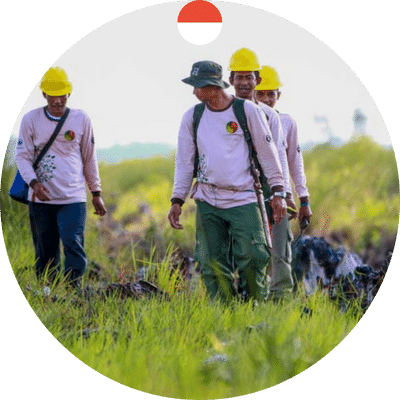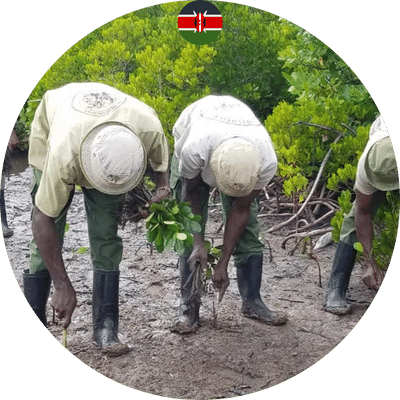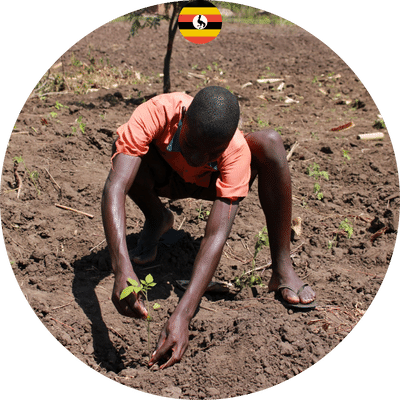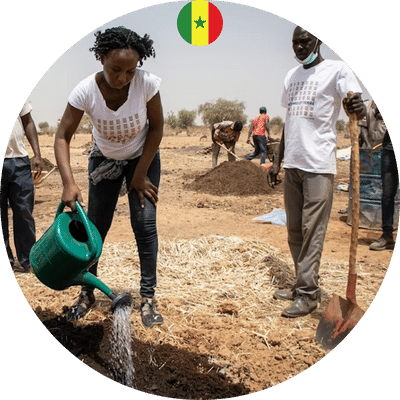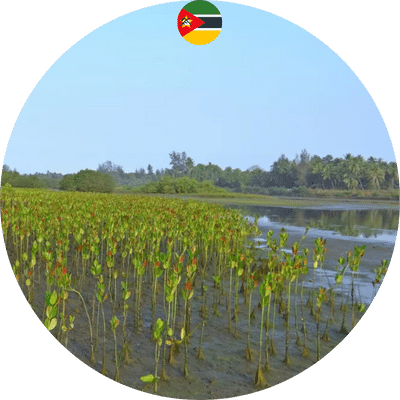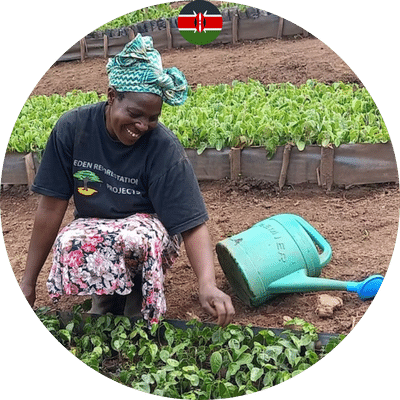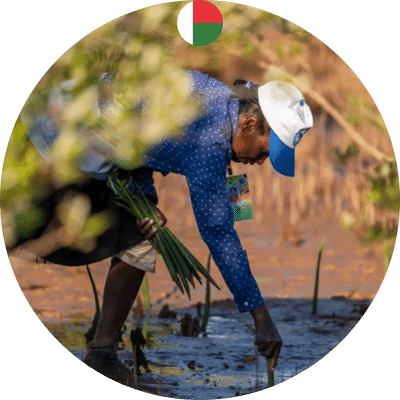Reforestation of degraded grasslands in Uruguay
Project details
The project is verified by Verra and is certified by the Rainforest Alliance. The project area covers a total of 18,576 hectares, and it is expected to absorb approximately 7 million tonnes of CO2 over the course of its lifetime.

Project location
Uruguay, a relatively small nation encompassing just 18 million hectares of land with limited industrialization, is deeply rooted in its tradition of animal husbandry. Its economy remains intrinsically tied to natural resources, with a staggering 86.6% of its land dedicated to agriculture, livestock farming, and timber production. After grappling with a severe economic downturn at the turn of the millennium, Uruguay has experienced a steady rise in its GDP, averaging an impressive annual growth rate of 5.7%. Much of this resurgence can be attributed to the flourishing timber industry, which has fostered the creation of approximately 25,000 jobs.
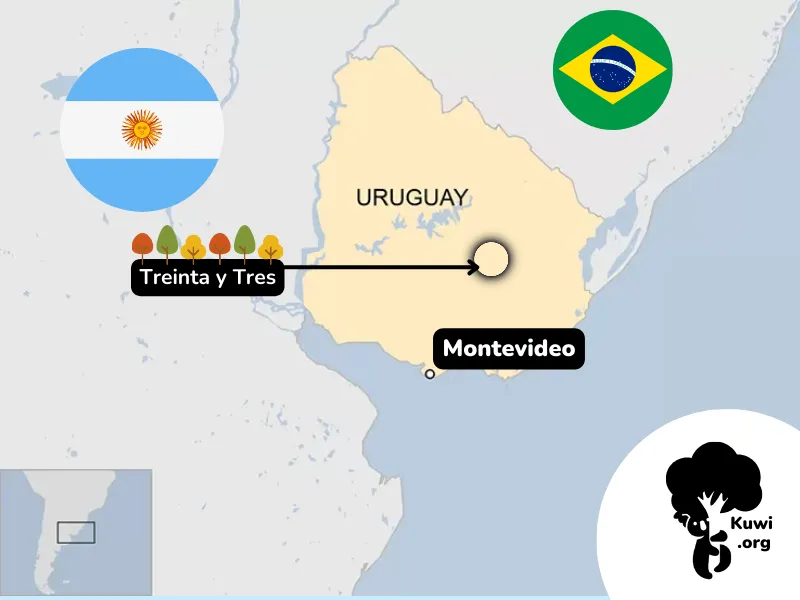
While approximately 8.6% of Uruguay’s land is covered by forests, the nation’s rich biodiversity is a critical concern. According to the World Conservation Monitoring Center, Uruguay is home to 659 documented species of amphibians, birds, mammals, and reptiles, with 2.3% of them being unique to the region and 5.6% facing imminent threats to their existence. To meet its climate objectives and protect its invaluable ecosystems, Uruguay must navigate a fine balance between the demands of the timber industry and environmental conservation. Initiatives aimed at addressing this challenge will be pivotal to Uruguay’s success.

Project objectives
In the heart of Uruguay’s north-central region, spanning an area of 20,000 hectares, a remarkable initiative is underway. Annually, this project captures an astounding 127,000 tons of CO₂, making a significant contribution to the fight against climate change. This region, historically known for its agricultural abundance, has now become a beacon of environmental stewardship. The project, situated in the town of Guanaré, symbolizes a commitment to safeguarding its unique ecosystems and ensuring a sustainable future for generations to come.
The transformation unfolds against the backdrop of a landscape rich in agriculture. Vast expanses of rolling farmland have long sustained the region’s inhabitants, but the recent emergence of this reforestation project signals a shift towards environmental conservation. This ambitious undertaking aims to rejuvenate the once-barren grasslands and protect the ecological treasures of the region.
The primary goal is clear: to facilitate the natural regeneration of overworked soils, enabling them to regain their vitality and capacity to absorb water and essential nutrients. As this transformation takes shape, a harmonious coexistence between livestock farming and forestry becomes evident, creating a synergy that benefits both sectors.
The reforestation initiative has successfully seen the planting of fast-growing eucalyptus species, a crucial step in revitalizing the land. In a testament to their dedication to sustainability, these newly cultivated forest areas have earned full FSC certification since 2013, adhering to the highest standards of responsible forestry management. These forests not only provide high-quality timber resources suitable for durable wood products but also serve as a potent carbon sink, absorbing significant amounts of CO2. Moreover, this forward-thinking project stands as a beacon of sustainable development, generating long-term employment opportunities for the local community.
The project employs a multifaceted approach, encompassing reforestation, afforestation, and revegetation techniques. Afforestation involves the conversion of non-forested regions into lush forested areas, while reforestation focuses on the restoration of previously damaged or deforested forested zones. Additionally, revegetation strategies are applied to enhance vegetation by introducing tree planting, shrubs, and other plant species into the ecosystem. Refer to the accompanying image for a visual representation of these methods.



Project photos







Project video
Climate solution
Degraded lands offer promising opportunities for the establishment of tree plantations. When managed effectively, these areas have the potential to rejuvenate soil quality, sequester carbon, and yield wood resources in a more sustainable manner.
Specifically, degraded pastures, agricultural lands, and lands previously disrupted by activities like mining are ideal candidates for strategic tree planting. Trees serve as a potent carbon sink, capturing and retaining carbon while enriching the soil.
One of the solutions proposed by Project Drawdown, known as “Tree Plantations (on Degraded Land),” involves the cultivation of trees for purposes such as timber or biomass on degraded land. This initiative leads to the sequestration of greenhouse gases in soils, biomass, and timber, with the added benefit of replacing annual cropping on actively farmed land and other uses of degraded grassland and forest. Additionally, tree plantations on degraded land contribute to reducing emissions resulting from deforestation, offering an alternative timber source, although this aspect is not included in the current modelling.
Sustainable Development Goals
When allocating our members’ funds, we’re committed to aiding in the Sustainable Development Goals set by the United Nations. Below are the SDGs acknowledged for this project.



